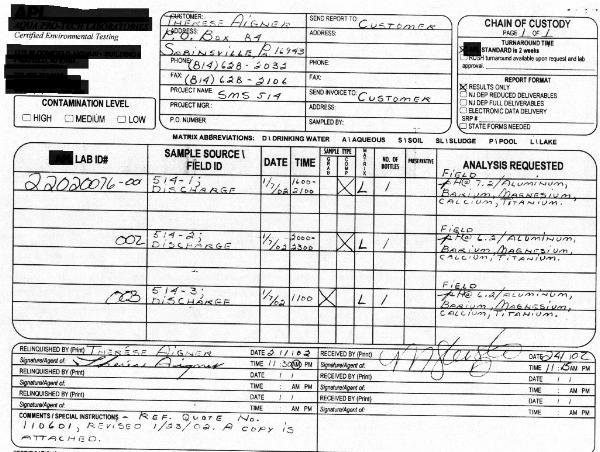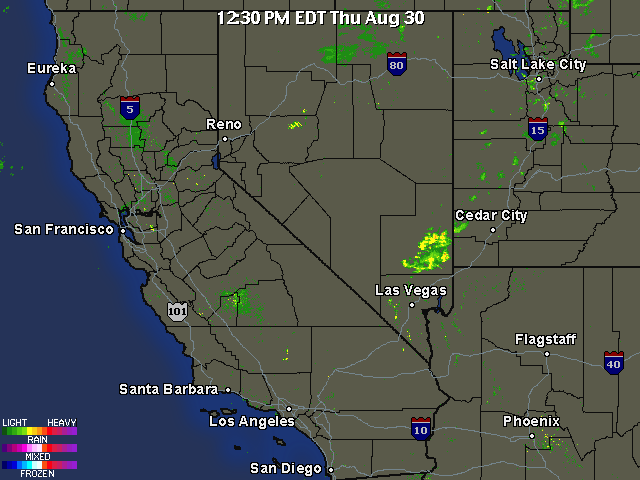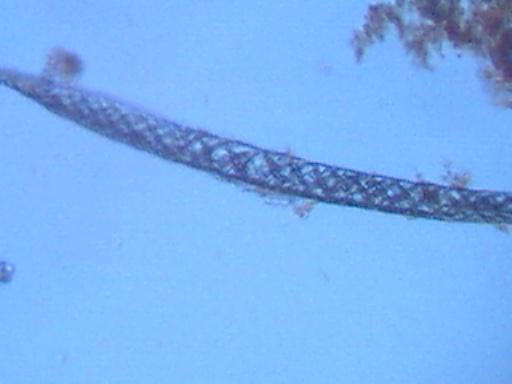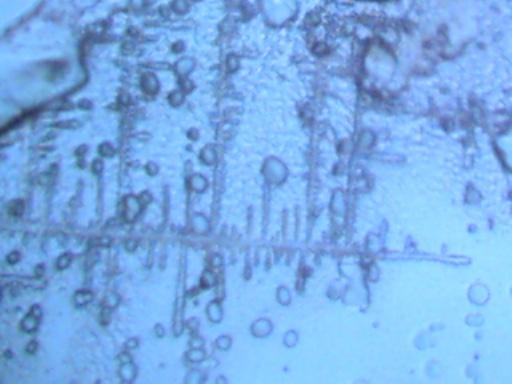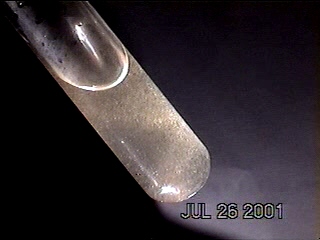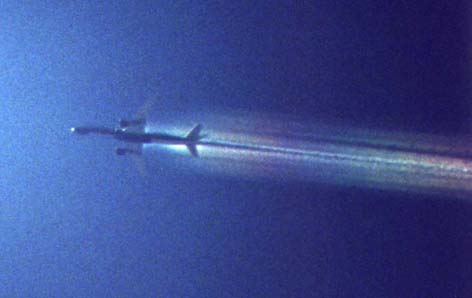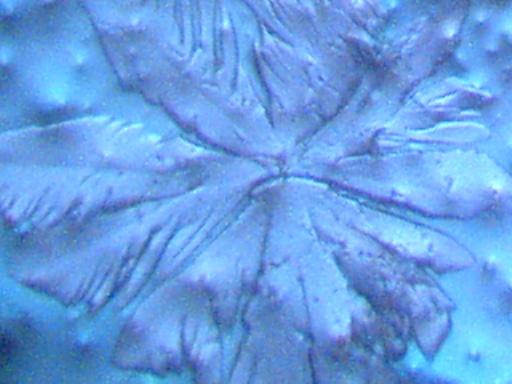
This page contains a letter sent to the Carnicom Institute by a citizen in Indianapolis, IN, stating that he had discovered new insurance exclusions to his homeowner policy. The first one is a ‘Pollution Exclusion’ that waives coverage for pollution and its effects. The actual exclusions are included on this page. From the Pollution Exclusion: “Pollution, in all its various forms, has become a major problem in this country. However, we don’t yet know the full extent of the problem, or the losses and damage that may result from this hazard.” The second exclusion is the ‘Communicable Disease Exclusion’. From this exclusion: “This endorsement states no coverage is provided under the liability coverage section of the Homeowners policy for injury arising out of the transmission of a communicable disease by an insured.”
